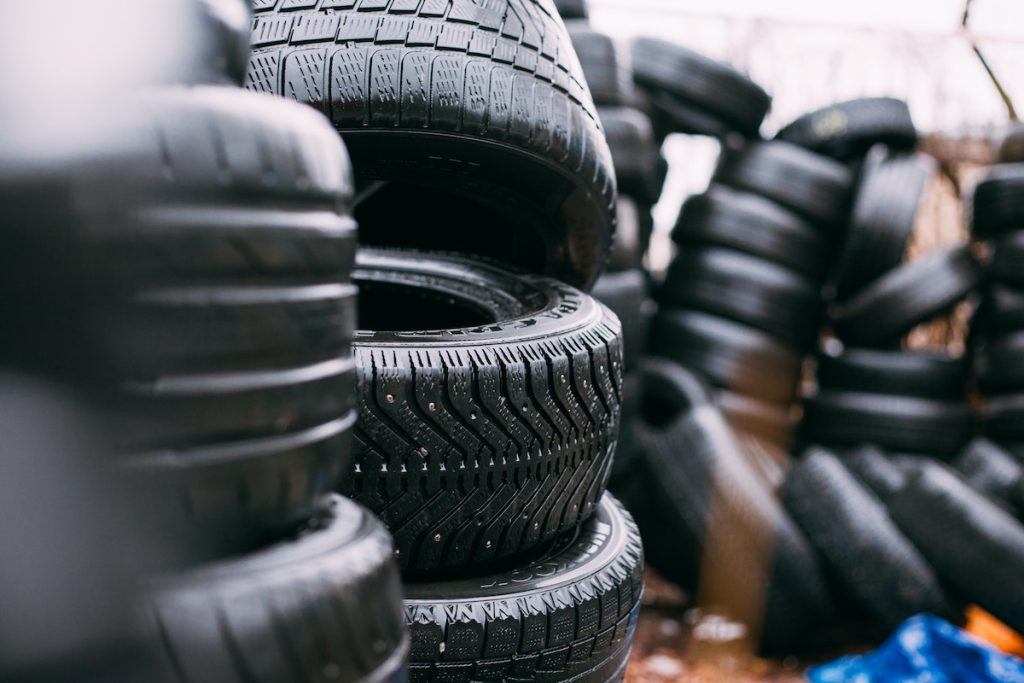Picture this: You’re cruising down a picturesque road, enjoying the scenic beauty, and suddenly, you hear a strange thumping noise coming from your car. Your heart starts racing as you wonder what could be wrong. In such moments, your tires become your unsung heroes, providing the grip and safety you need. But, like all heroes, they too have their limits.
The Importance of Healthy Tires
Before we dive into identifying whether replacing your tires is the best thing for your car, let’s take a moment to appreciate why this matters. Your tires are the bridge between your car and the road. They affect your vehicle’s handling, braking, and overall safety. Here’s why maintaining healthy tires is crucial:
Traction: Tires with good tread provide better traction, helping you maintain control of your vehicle, especially on wet or slippery roads.
Braking: Worn-out tires take longer to stop your car, which can be the difference between avoiding an accident and a dangerous collision.
Fuel Efficiency: Properly inflated and well-maintained tires can improve fuel efficiency, saving you money at the pump.
Comfort: Quality tires provide a smoother and more comfortable ride for you and your passengers.
Now that we understand why tire health is essential let’s explore the signs that indicate it’s time to replace them.
Signs Your Tires Need Replacing
Tread Depth is Too Low
How to check: Insert a penny into the tread groove with the Queen’s head facing down. If you can see the top of her head, your tread depth is dangerously low.
Why it matters: Tread depth is crucial for maintaining traction. If it’s too low, your tires won’t grip the road properly, increasing the risk of skidding, especially in wet or snowy conditions.
Cracks and Cuts
How to check: Inspect your tires for any visible cracks, cuts, or bulges. Use a flashlight if necessary.
Why it matters: Cracks or cuts weaken the tire’s structure, making it more susceptible to blowouts. Bulges can indicate internal damage, a ticking time bomb on the road.
Uneven Tread Wear
How to check: Run your hand across the tire’s surface. If you feel unevenness or notice uneven wear patterns, it’s time for a replacement.
Why it matters: Uneven wear can affect your vehicle’s handling and lead to reduced traction. It’s also a sign of potential alignment or suspension issues that need addressing.
Vibration While Driving
How to check: Pay attention to vibrations in the steering wheel or seats while driving. These vibrations can indicate tire issues.
Why it matters: Vibrations can result from imbalanced or damaged tires. Ignoring this sign can lead to more significant problems with your vehicle’s suspension and steering.
Excessive Road Noise
How to check: Listen for increased road noise, especially at high speeds.
Why it matters: Noisy tires may be a sign of uneven wear or a problem with the tire’s structure. Replacing them can make your rides quieter and more enjoyable.
Loss of Tire Pressure
How to check: Regularly check your tire pressure using a tire pressure gauge. Refer to your car’s manual for the recommended pressure.
Why it matters: Underinflated tires can reduce fuel efficiency and compromise handling and braking. Over time, this can lead to premature tire wear.
Age of the Tires
How to check: Look for the DOT (Department of Transportation) code on the sidewall of your tire. The last four digits indicate the week and year of manufacture.
Why it matters: Tires have a lifespan, and even if they have sufficient tread, they can degrade over time due to exposure to the elements. Consider replacing tires that are over six years old.
Loss of Grip in Wet Conditions
How to check: Pay attention to how your car handles on wet roads. If you notice a loss of grip even at lower speeds, it’s a warning sign.
Why it matters: Tires lose their effectiveness in wet conditions as they age and wear down. This can significantly increase the risk of hydroplaning.
Warning Lights
How to check: Modern vehicles are equipped with Tire Pressure Monitoring Systems (TPMS). If your TPMS warning light comes on, it’s time to check your tires.
Why it matters: TPMS alerts you to significant changes in tire pressure, which can result from punctures or slow leaks. Ignoring this warning can lead to flat tires or blowouts.
Visible Belts or Wires
How to check: If you notice any visible belts or wires protruding from the tire’s sidewall, it’s a clear sign of tire damage.
Why it matters: Exposed belts or wires can lead to a sudden tire failure, posing a significant safety risk.
When to Replace Your Tires
Now that you know the signs that indicate tire replacement is necessary, you might wonder when exactly you should replace them. Here are some guidelines to help you decide:
Tread Depth: The legal minimum tread depth in most states is 1.6mm across the central three-quarters of the tire’s width and around the entire circumference. However, it’s recommended to replace tires once they reach 3mm for improved safety.
Age: As mentioned earlier, consider replacing tires that are over six years old, even if they have sufficient tread.
Damage: If you notice visible damage, such as cuts, bulges, or exposed belts or wires, replace the tire immediately.
Uneven Wear: If your tires show signs of uneven wear, it’s essential to address the underlying issue, such as alignment or suspension problems, and replace the tires as needed.
Loss of Grip: If you experience a noticeable loss of grip, especially in wet or slippery conditions, don’t delay – replace your tires.
Warning Lights: If your TPMS warning light comes on, check your tires promptly and replace them if necessary.
Conclusion
Your tires are your trusted companions on the road, but they have a lifespan and need proper care. Remember, healthy tires contribute to better traction, shorter braking distances, improved fuel efficiency, and a smoother ride. Don’t risk your safety by neglecting your tires. Safe travels!

